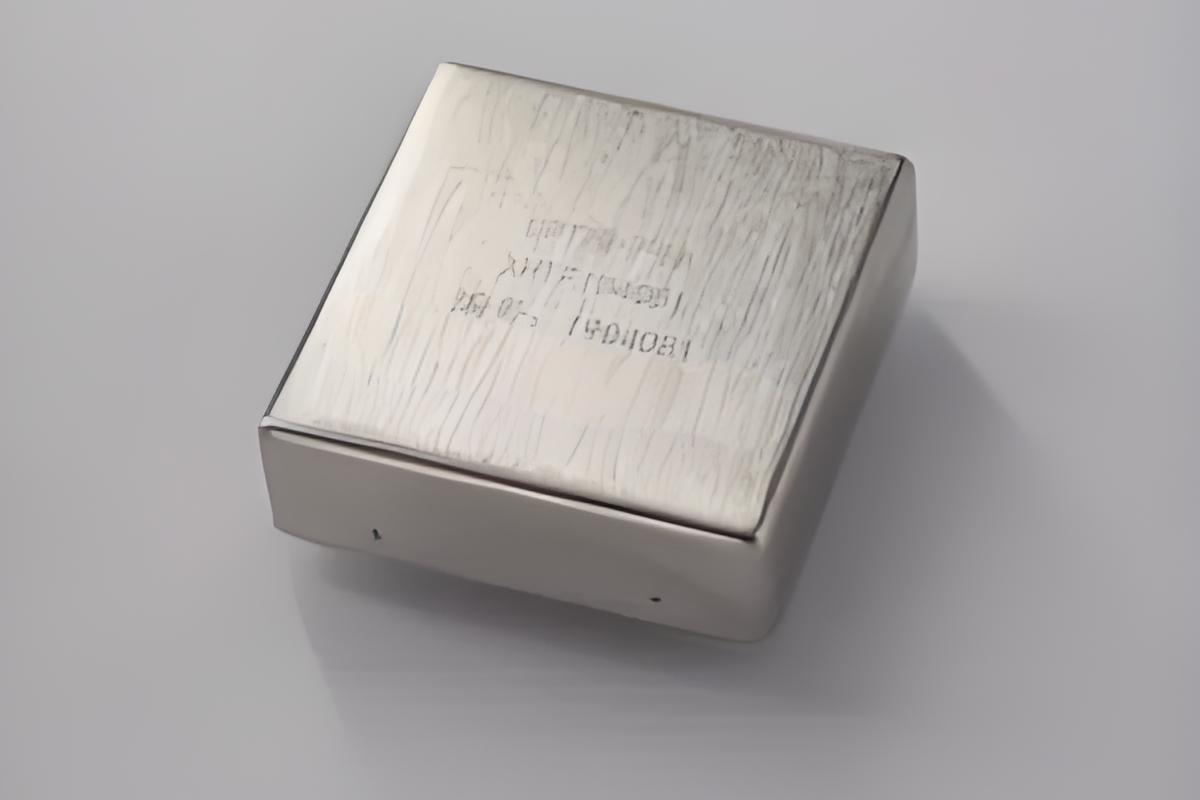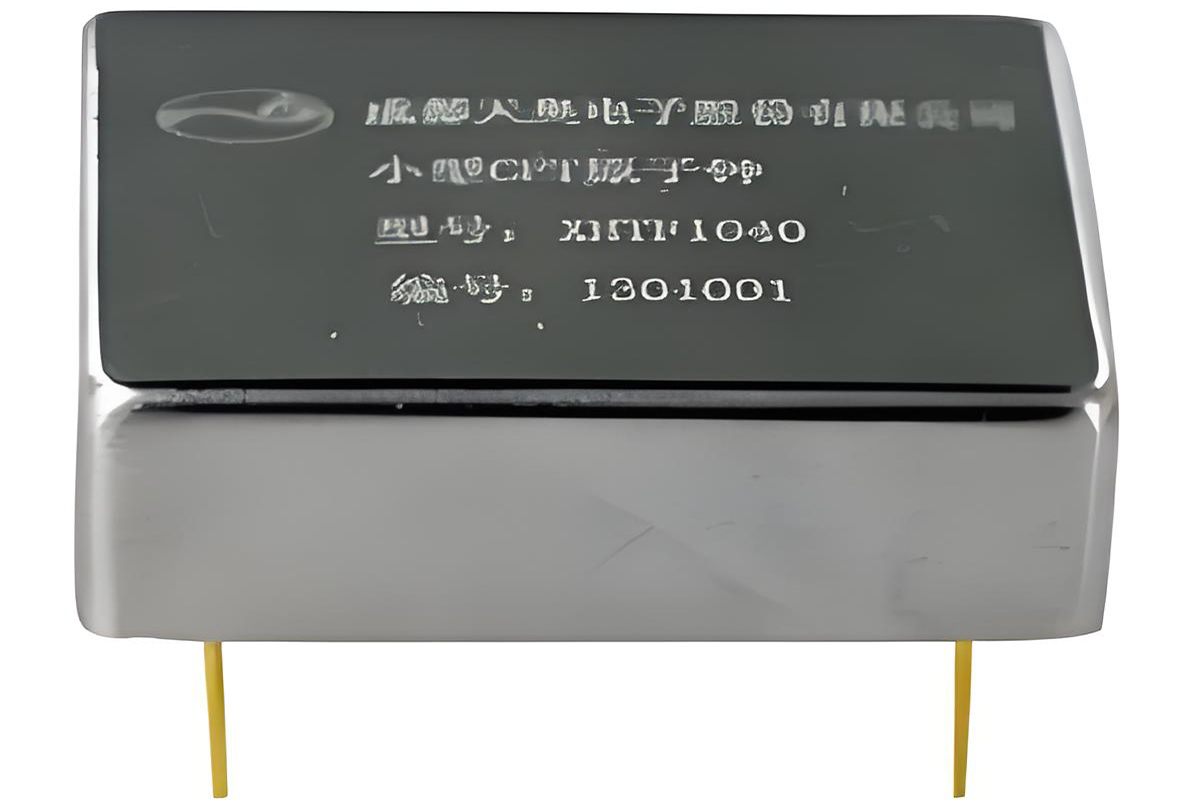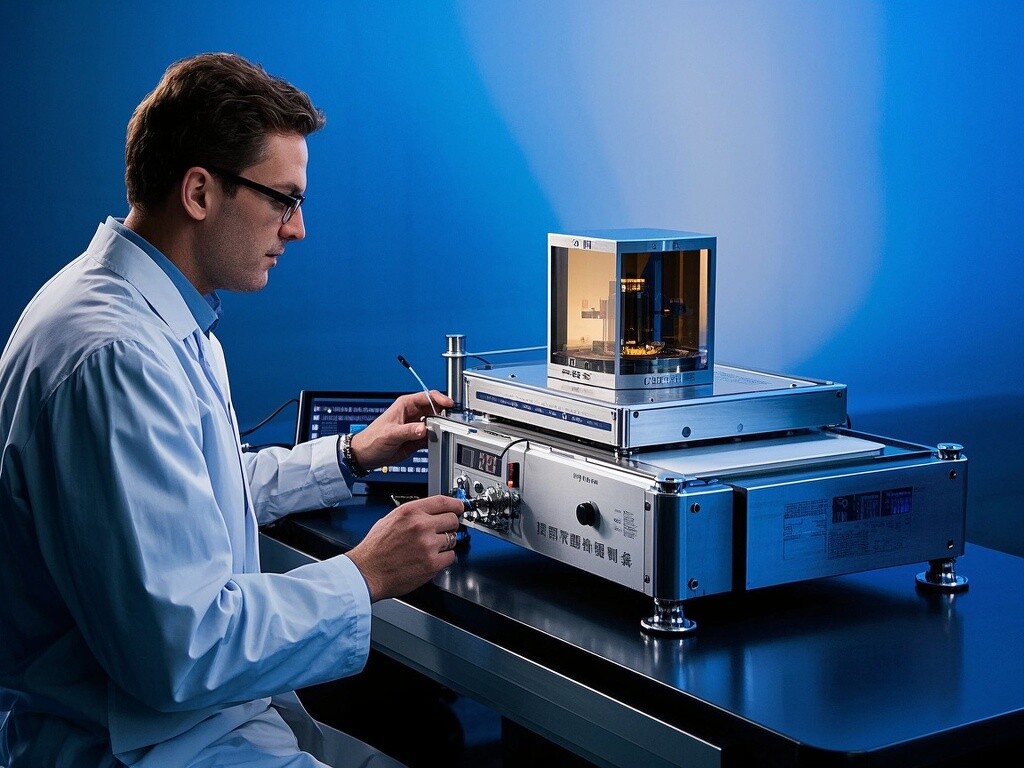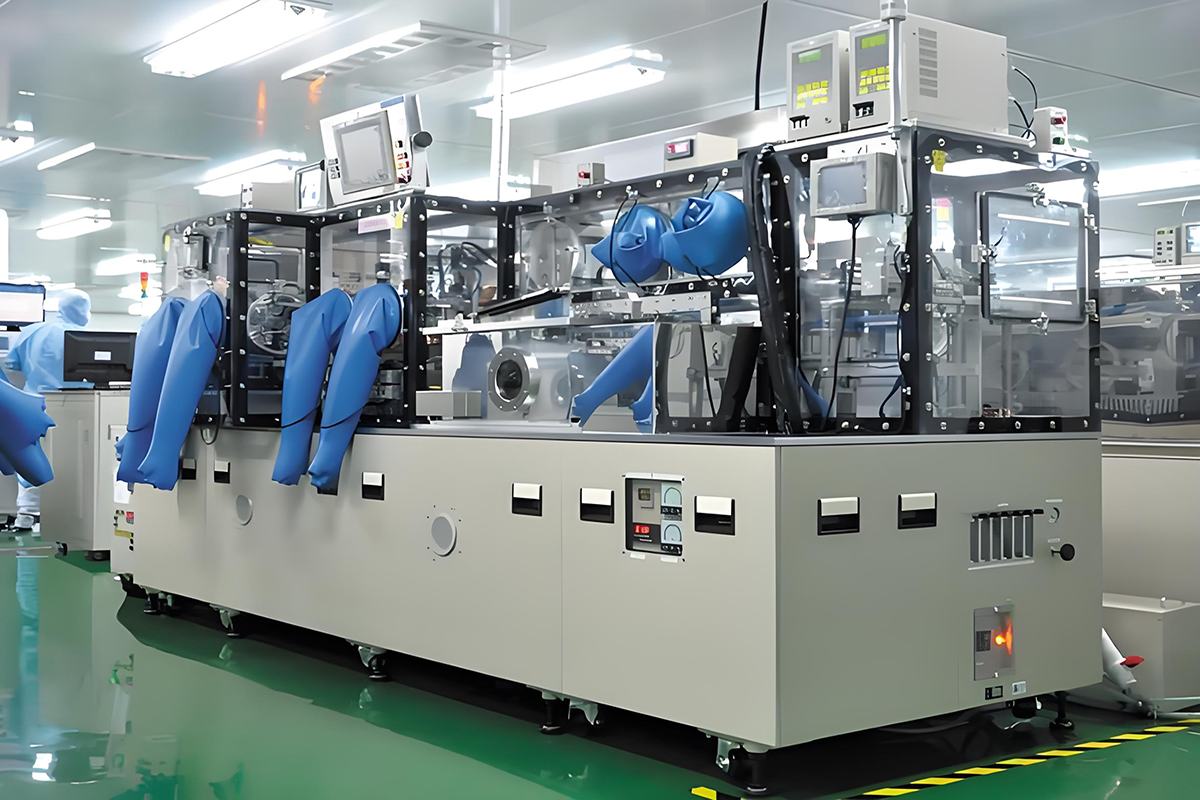RELATED
MESSAGE
Compared with other types of atomic clocks (such as traditional cesium beam clocks, hydrogen atomic clocks, rubidium atomic clocks, etc.), the core advantages of optically pumped cesium atomic clocks (such as TA1000) come from the innovation of optical pumping technology and the comprehensive optimization of performance, which are specifically reflected in the following aspects:
1. Advantages of technical principles and core mechanisms
1) Optical pumping technology improves atomic polarization efficiency
Traditional cesium atomic clocks (such as cesium beam clocks) use radio frequency (RF) excitation to stimulate cesium atomic energy level transitions through microwave fields. The atomic polarization efficiency is low and it is easily affected by magnetic field fluctuations.
The optically pumped cesium atomic clock adopts laser pumping technology, which uses a laser beam (such as a semiconductor laser with a wavelength of 894.6nm) to directly pump the cesium atoms to a specific high energy level, increasing the atomic polarization rate to more than 95% (the traditional method is about 70%), significantly improving the signal-to-noise ratio and reducing noise interference.
Advantages : The high monochromaticity and directionality of the laser make the atomic state preparation purer, and the frequency detection sensitivity is increased by more than 10 times, fundamentally improving the frequency stability.
2)No magnetic selection design simplifies the structure
Traditional cesium beam clocks rely on strong magnetic fields (such as Stern-Gerlach magnets) to separate atomic states. They are bulky (such as the US 5071A, which has a volume of 440×430×177mm), and magnetic field drift will introduce frequency errors.
Optically pumped cesium clocks polarize atoms through lasers, do not require magnetic separation devices, have a more compact structure (for example, the volume of TA1000 is 300×483×133mm), are 50% lighter, and avoid systematic errors related to magnetic fields.
2. Comprehensive leadership in performance indicators
1)Long-term stability and precision advantages
Traditional cesium beam clock (such as 5071A): 30-day frequency stability is about 1×1×10−13 , and the frequency drift rate is ≤5×10-12 /day .
Optically pumped cesium clocks (such as TA1000): 30-day stability is ≤5×10-14 , drift rate is ≤1×10 −12 /day , and long-term stability is 5-10 times higher than that of traditional cesium clocks, close to that of hydrogen atomic clocks (long-term stability of the order of 1×10 −14 ), but without the cavity pulling effect of hydrogen clocks (frequency drift caused by changes in cavity temperature).
Compared with rubidium atomic clocks : Rubidium clocks have good short-term stability ( 1×10 −11 /second ), but poor long-term stability (about 1×10 −11 in 30 days ), and their accuracy is two orders of magnitude lower, making them only suitable for low-cost scenarios.
2) Frequency resolution and noise characteristics
The phase noise of the optically pumped cesium clock can reach −135dBc/Hz in the low frequency band (such as 1Hz offset), which is better than the −125dBc/Hz of the traditional cesium clock and is more suitable for precision measurement (such as phase noise testing for calibrating spectrum analyzers).
Although hydrogen clocks have excellent short-term stability ( 1×10 −14 /second ), they are large in size (usually more than 3U), have high power consumption (100W+), and are significantly affected by ambient temperature. Optically pumped cesium clocks achieve a better balance between size, power consumption, and stability.
3. Advantages of Engineering and Application Adaptability
1) Miniaturization and low power consumption
Optical pumping technology eliminates the need for magnetic selection and large microwave cavities, reducing power consumption to 50-80W (traditional cesium beam clocks are about 150W), and is compatible with a 19-inch 1U/2U chassis, making it suitable for mobile scenarios such as vehicle-mounted and ship-mounted (for example, TA1000 supports an operating temperature of -10 ℃ ~+50 ℃ ).
Compared with hydrogen clocks (usually requiring more than 3U of space and consuming 150W+ of power) and rubidium clocks (small but insufficiently accurate), optically pumped cesium clocks combine high precision with low power consumption in a medium size.
2) Intelligence and ease of use
It supports touch interaction, menu operation, real-time status display , built-in automatic synchronization (1PPS signal) and event recording functions, and can be calibrated and maintained without the need for professionals, significantly lowering the threshold for use (traditional cesium beam clocks require complex manual calibration).
The output signal has strong compatibility: it provides 10MHz, 5MHz sine waves and 1PPS pulses, which can be directly adapted to counters, spectrum analyzers, communication base stations and other equipment without the need for additional signal conversion modules.
3) Environmental adaptability and reliability
Vibration resistance is better than traditional cesium clocks (vibration sensitivity <1×10 −11 /g ), suitable for field operations (such as geodetic surveying, mobile calibration vehicles).
With the built-in temperature compensation algorithm, the frequency drift is less than 5×10 −13 when the temperature changes by ±10 ℃ . However, the hydrogen clock requires precise constant temperature (temperature fluctuation is less than 0.1 ℃ ), which limits its application scenarios.
4. Cost and localization advantages
1) Outstanding cost performance
The price of optically pumped cesium clocks is about 60-70% of that of traditional imported cesium beam clocks (such as 5071A), and the maintenance cost is lower (no problems such as magnet aging and microwave cavity tuning).
Compared with hydrogen clocks (unit price of more than 2 million yuan), optically pumped cesium clocks have formed differentiated competition in the 1 million yuan market and are suitable for scenarios that require both accuracy and cost (such as 5G base stations and power grid synchronization).
2) Autonomous control and technical safety
Domestic optically pumped cesium clocks (such as TA1000) have achieved localization of key components (lasers, cesium atomic gas chambers), avoiding dependence on foreign technology and meeting the independent and controllable needs of defense, finance, electricity and other fields (traditional imported cesium clocks may have supply chain risks).
5. Comparative Advantages of Typical Scenarios
Summary: The core advantages of optically pumped cesium atomic clocks Optically pumped cesium atomic clocks achieve the best balance between long-term stability, compactness, ease of use and cost through laser pumping technology. They not only make up for the defects of traditional cesium beam clocks, such as large size and complex calibration, but also overcome the limitations of insufficient precision of rubidium clocks and high power consumption of hydrogen clocks. They have become an ideal choice for mid-to-high-end time and frequency standards, especially for scenarios with comprehensive requirements for accuracy, reliability and engineering deployment (such as 5G, measurement, national defense, power grid, etc.). Its technological breakthrough marks the leap of atomic clocks from "laboratory level" to "large-scale application level", and promotes the popularization of high-precision time and frequency standards in more fields.
CONTACT US
Please use the form below to get in touch.
If you need a reply we will get in touch as soon as possible.





